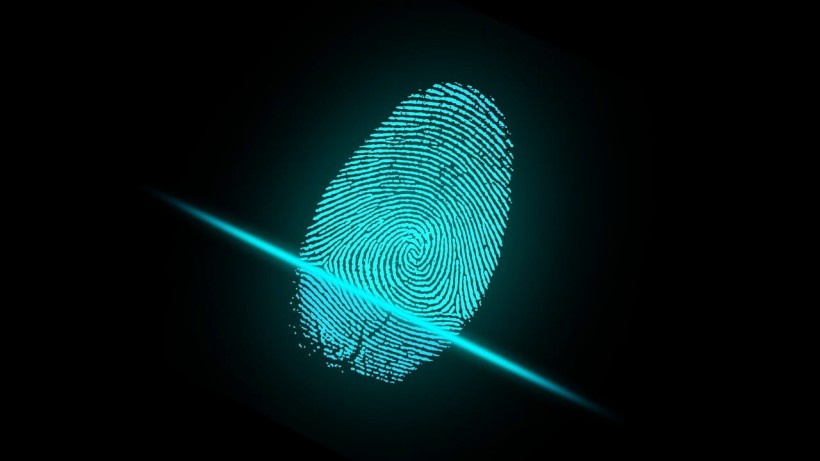An artificial intelligence (AI) system on a computer has challenged the long-standing belief that each fingerprint is unique, disrupting decades-old conventional wisdom.
Linking thumbprints and index fingerprints from distinct crime scenes, a typically difficult task becomes even more challenging when criminals leave prints from different fingers in the crime scene. Columbia University students discovered this breakthrough after experimenting with whether the AI could connect dissimilar fingerprints.

Fingerprint Uniqueness Challenged: AI Breakthrough Offers Cold Case Resolution Potential
Fingerprints from the Same Person Share Strong Similarities
In an innovative approach, Gabe Guo, an engineering graduate without forensics expertise, tested the concept by presenting a computer with approximately 60,000 fingerprint pairs. These pairs included fingerprints from two different fingers of the same person and from different individuals.
Over time, the computer identified distinctive patterns indicating that seemingly dissimilar fingerprints came from the same hand, a groundbreaking revelation. Guo and colleagues reported that fingerprints from different fingers of the same person share strong similarities, even across combinations of fingers and hands.
Enhanced by the team through modifications to a cutting-edge framework, the AI system gradually improved its ability to discern whether ostensibly unique fingerprints belonged to the same person. Remarkably, the system achieved 77% accuracy for single pairs of fingerprints, with even higher accuracy when analyzing multiple pairs, suggesting a potential tenfold revolution in forensic efficiency.
Despite initial rejection from a respected forensics journal, challenging the belief in fingerprint uniqueness, the AI's innovative approach focused on angles and curvatures in the central swirls and loops of fingerprints, deviating from traditional minutiae analysis.
Guo's revelation about the AI's reliance on angles and curvatures in the fingerprint's central swirls and loops, rather than traditional minutiae such as branchings and endpoints in ridge patterns, added an intriguing dimension to the research. This discovery uncovered new forensic markers that had eluded experts for decades, offering a fresh perspective on fingerprint analysis.
READ ALSO: 22-Year-Old Male Shares How Embarrassing It Is to Have No Fingerprints
AI Breakthrough Ignites Revolution Beyond Forensics
Facing rejection from a forensics journal due to skepticism about fingerprint uniqueness, the team persevered. The rejection stemmed from doubts about the AI's ability to detect similarities in seemingly unrelated fingerprints from the same person.
Despite uncertainties, Professor Hod Lipson highlights the breakthrough's significance, suggesting it could revive cold cases and challenge forensic analysis limitations. Anticipating a surge in AI-driven scientific discoveries by non-experts, he urges the expert community to prepare for this imminent revolution.
The study's implications extend beyond forensics, with the anticipation of even more significant results as the AI is trained on a larger dataset. Aniv Ray and Judah Goldfeder acknowledge potential biases in their data and stress the need for further validation across diverse demographics.
This breakthrough underscores the untapped potential of AI in scientific discovery, challenging long-held beliefs and demonstrating the democratization of scientific exploration.
As AI evolves, it creates a new frontier for non-experts to contribute to groundbreaking scientific discoveries, signaling an imminent surge in transformative innovations that both the expert community and academia should prepare for.
RELATED ARTICLE: Why Are There No Two Fingerprints Alike? New Study Reveals How These Intricate Patterns Are Made
Check out more news and information on Forensics in Science Times.














